I have in my possession a 5mm thick printed circuit board. It comes from a 2000-era Sun Blade server, where it connected 4 redundant 70A power supplies.
I also have a need to assemble some high current electronics - carrying currents of 140A or more. Currently, this is accomplished with laser-cut bus bars.
None of the PCB price calculators I've tried offer 5mm thickness, and none of the trace current calculators will go beyond the 35A performance figures offered by IPC 2221.
What should I expect to spend making such a thick, high-current PCB? And is there guidance available on how to design such a thing, besides extrapolating design rules from other sources that don't address such thick and high-current designs?
I'm aware you can solder bus bars atop your PCB but I'm particularly interested in understanding the design Sun went for.
Thanks for taking the time to read my question!
